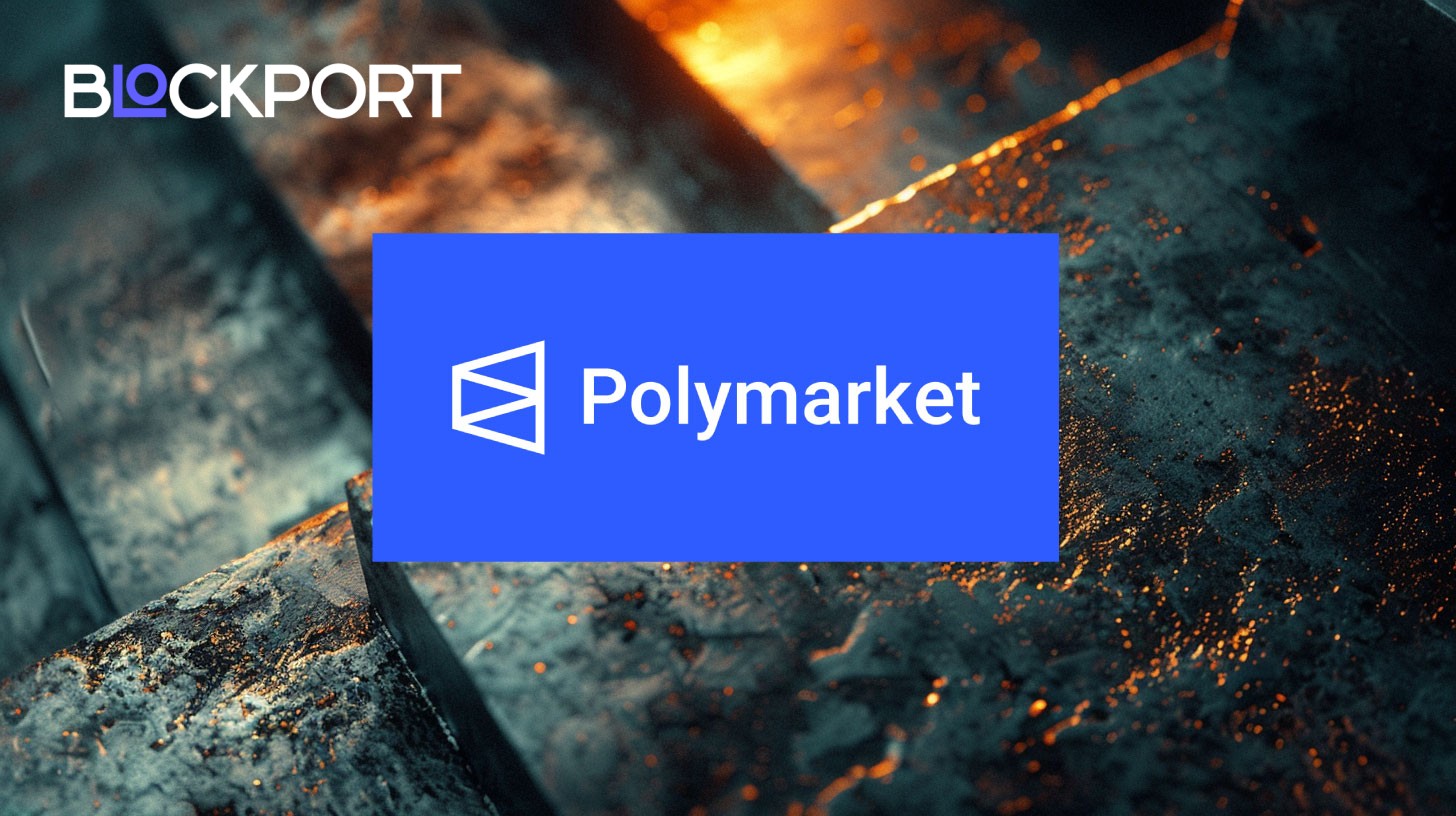Standard Chartered Lifts Ethereum 2025 Target to $7,500 on ETF Demand

UK bank hikes ETH goal from $4K to $7.5K, pointing to booming ETFs, treasury buying and an 8× stablecoin surge; long-term view hits $25K.
Ethereum could rally another 60% this year, according to Standard Chartered’s Geoff Kendrick, who raised his year-end price target to $7,500 from $4,000 and his 2028 view to $25,000. The bank pins the upgrade on record spot-ETF inflows, a fast-growing $270 billion stablecoin float and roadmap upgrades that promise cheaper block space.
Bank Revises ETH Target After Breakneck Crypto Rally
Kendrick’s new forecast arrives barely five months after the bank’s last update and underscores how quickly sentiment flipped once U.S. regulators blessed spot Ether ETFs in July 2024. Ethereum trades near $4,700 today, up more than 50% in a month and just 3% shy of its 2021 record, so the revised call implies another 60% climb in the next four and a half months.
ETF demand supplies the first leg of the thesis. U.S.-listed Ether funds have sucked in $8.7 billion net since launch, with a single-day record of $1.02 billion on August 11 and another $729 million only two days later. BlackRock’s ETHA fund sprinted past $10 billion in assets faster than all but two ETFs in history, while Fidelity and VanEck trail close behind.
Stablecoins form the second pillar. The circulating value of dollar-pegged tokens sits at roughly $267 billion, up 56 % year over year, and Reuters estimates the pot could balloon to $2 trillion by 2028 as the U.S. GENIUS Act and Europe’s MiCA rulebook lure mainstream treasurers. Since 60-plus % of those coins live on Ethereum, every fresh mint boosts gas demand and validator revenue.
Institutional behaviour signals that trend already. Nasdaq-listed BTCS added 14,240 ETH to its balance sheet last week, lifting holdings to 70,028 ETH and valuing the pile at $270 million. Corporate treasuries now own about 1.1% of all Ether, up from 0.3% at the start of the year, Standard Chartered says, and the bank models that share tripling by 2026.
The British lender has skin in the game too. In July it opened a spot trading desk for Bitcoin and ether, fleshing out a custody joint venture, Zodia, aimed at the same pension funds and insurers its research arm expects to drive the next wave of inflows. That operational commitment lends weight to the research note.
Finally, staking yield keeps long-term holders glued to their seats. Roughly 31% of the ETH supply now earns 3–4% a year in pooled validators, locking coins that might otherwise hit exchanges. Kendrick argues the resulting float crunch is already visible: on-chain data show 97% of addresses in profit, yet exchange balances sit near five-year lows.
What Could Push ETH Higher – or Derail It
Technology is the wild card. March’s Dencun upgrade slashed roll-up costs by 85%, but the bigger leap comes with danksharding, which aims for a ten-fold rise in base-layer throughput by mid-2026. Developers say larger blobs and Verkle trees will let high-value trades stay on-chain while millions of low-fee transfers shift to layer-2s. If execution matches talk, Ethereum’s capacity handicap versus Solana and Tron narrows fast.
Layer-2s, meanwhile, thrive on the status quo. Base, Arbitrum and Optimism now settle more transactions than the L1 itself and pay $400,000-plus in daily rent back to mainnet. Standard Chartered believes that flywheel – cheap rolls driving user growth, which in turn burns more ETH – strengthens the deflationary case that underpins its $25K long-range view.
Regulation tilts bullish as well. Alongside the U.S. GENIUS Act, the EU’s MiCA regime kicks in this October, while Singapore’s MAS finalized its stablecoin code in June. Kendrick writes that “regulatory certainty reduces the discount rate” applied by pensions and sovereign wealth funds, unlocking pools of capital that previously sat in sidelines treasuries.
Macro conditions help. Traders price three Fed rate cuts by April 2026, and crypto historically rallies when real yields fall. ETH’s sensitivity surpasses Bitcoin’s because staking rewards mimic a floating-rate bond: lower policy rates widen the gap between staking yield and Treasury bills, making ether a higher-carry asset.
Still, risks loom. A delay in danksharding could see transaction fees spike during bull-market peaks, sending users to faster chains. The SEC or CFTC might also revisit staking rewards, and a large ETF outflow – remember the $465 million exit on August 5 – shows institutional money can head for the door as quickly as it arrived.
Finally, sentiment cuts both ways. Options desks note $2.23 billion of leveraged longs that could liquidate if ETH recoils below $4,300, a level that held as support through July. Standard Chartered concedes that whipsaws are likely but says every deep pullback since 2022 found higher lows, a sign that structural buyers now outweigh speculators.
Ethereum Picture and Takeaways
Ethereum’s march toward $7,500 is no moonshot without substance. Cash keeps flooding from ETFs, stablecoins cement mainnet’s role as the default settlement layer, and protocol upgrades aim straight at the network’s long-standing speed limit. Together, those forces create a fundamental story, not just a chart pattern.
Yet bull runs never move in straight lines. Sharp volatility, governance fights or a surprise policy twist could chop 30% off prices in days, as the August 2025 outflow shock reminded traders. Builders and treasurers should stress-test plans for high and low-fee environments alike.
For developers and investors who sat out 2020-2022, the message is clear: this market now runs on institutional rails. If Standard Chartered is right, those rails stretch toward $7,500 first, then $25,000. Planning for that scenario – while hedging the risks – beats scrambling when the train is already in motion.
Content on BlockPort is provided for informational purposes only and does not constitute financial guidance.
We strive to ensure the accuracy and relevance of the information we share, but we do not guarantee that all content is complete, error-free, or up to date. BlockPort disclaims any liability for losses, mistakes, or actions taken based on the material found on this site.
Always conduct your own research before making financial decisions and consider consulting with a licensed advisor.
For further details, please review our Terms of Use, Privacy Policy, and Disclaimer.



























